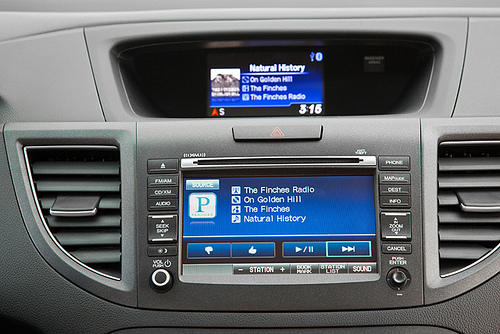
If you survey 100 mechanics, all 100 will tell you that proper vehicle maintenance is the key to a long-lasting and trouble free automobile. And, while we all know someone who owns a vehicle with 300,000 miles and has never done so much as change the oil, they are the exception, rather than the rule. Indeed, making sure you are servicing a car can be the difference between getting where you are going or breaking down on the side of the road. Of course, the question then becomes how often to service a vehicle. If you ask those same 100 mechanics, you make get 100 different answers, so let’s take a look at some of the main factors that influence when you should service your vehicle, and some general recommended guidelines.
Always Consult Your Vehicle’s Owner’s Manual
Your first resource about when to get your car serviced should always been your owner’s manual. No one knows more about your vehicle than the manufacturer, and they have a vested interest in you buying a dependable vehicle that you are satisfied with. The manual is filled with a comprehensive list of every and all possible routine ‘preventative’ maintenance requests, with the goal of stopping any problems before they start. This includes such routine activities as tire rotations and oil changes, and less common services like a transmission fluid flush or change. If you bought your car new, the car servicing schedule is easy; just follow the chart in the book, that usually even includes places for you to track your maintenance. If your car is used, however, the manual may be missing, though it is easily replaced. Or, the prior owner may not have kept up on the recommended schedule, which is likely considering how expensive scheduled services can become as the car ages.
New Motor Oil Technology Reduces the Need for Frequent Oil Changes
The age of the vehicle is an important consideration when planning scheduled maintenance on your vehicle, as older vehicles not only have been subjected to that much more wear and tear, but are made up of older technologies or obsolete manufacturing practices. No where is this more obvious than in oil changes. For forty years, motor oil didn’t really change, and the standard servicing for oil was 3,000 miles or 3 months, whichever came first. This number is so ubiquitous that it remains pervasive until the present day, despite significant advances in motor oil. New vehicle technologies have significantly increased the life of oil, and, as such, recommended oil changes can now possibly be 5,000, 7,500 or even 15,000 miles in the case of new BMWs. A 1998 Honda Accord should not go 15,000 miles without an oil change, as the vehicle was never designed for that, but this is considered a recommended practice on the new BMW models, so knowing the manufacturer’s recommendations on services are more important now than ever.
Pay Attention to and Be Knowledgeable of Your Vehicle
Often, for most people, price becomes the ultimate factor in deciding how often to service your vehicle. Your oil change guy may try to up-sell services that aren’t yet recommended by the manufacturer, or you may run into scheduled service that you have a hard time paying 500 dollars for when your car is running fine. While best practices dictate following service plans to the letter, most people opt for a middle ground, scheduling maintenance that is noticeable and immediate, like oil changes, brakes, or tires, and pushing other service items to the back burner until they are a noticeable problem, as is often the case with items such as shocks and struts.
While it is generally accepted that the manufacturer’s guidelines are best, real-world situations often dictate deviation from the scheduled plan. Knowing your vehicle, its limitations, age, miles, and driving conditions are just as important as the owner’s manual in determining when to service your vehicle. Accepting that your older model is going to need more work than your new one, and trying to stay on top of issues before they come to a head is the best way to keep your vehicles running long and strong. But, when in doubt, open up the glove box and take a quick read through the owner’s manual, as it will give you the best indication of when to head into the shop.



